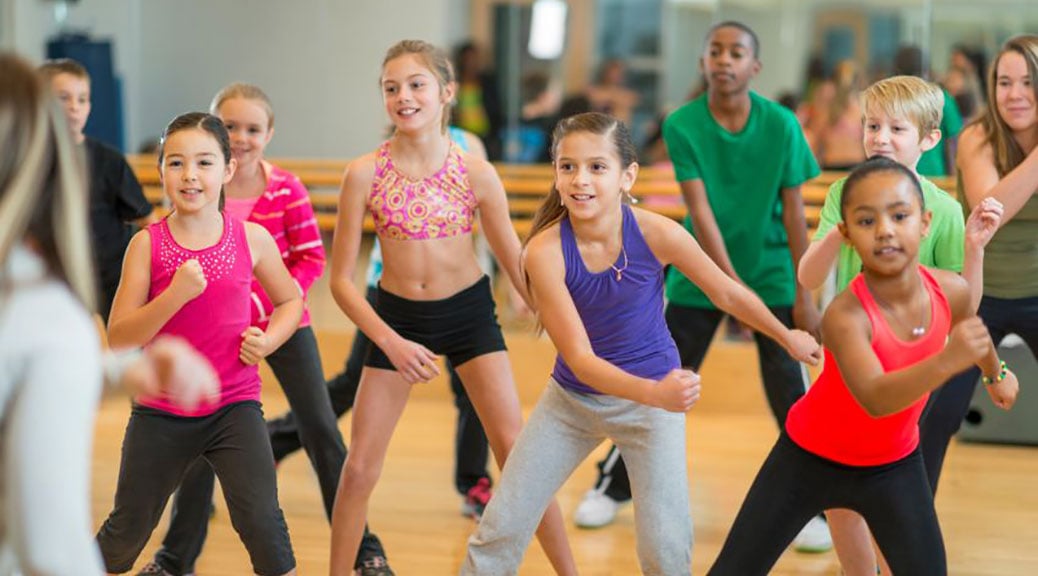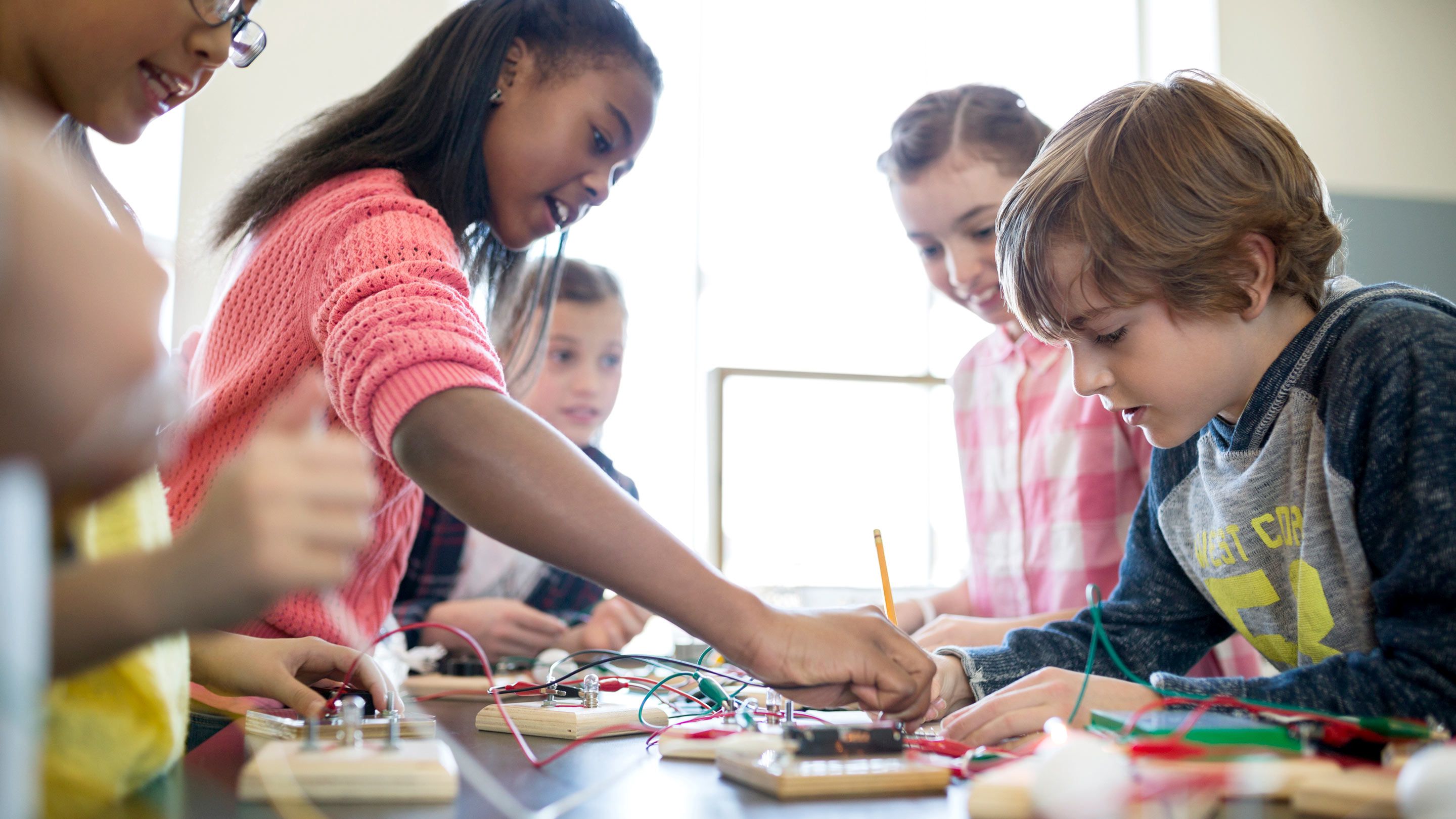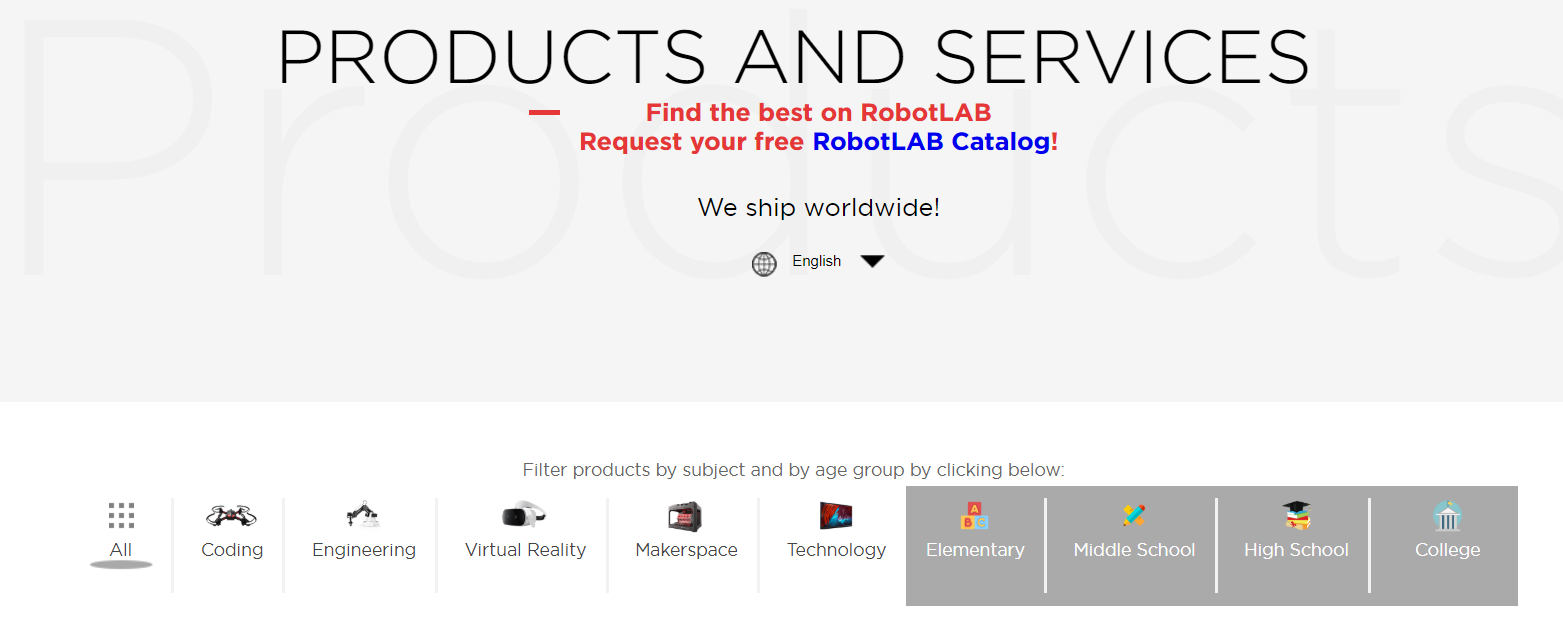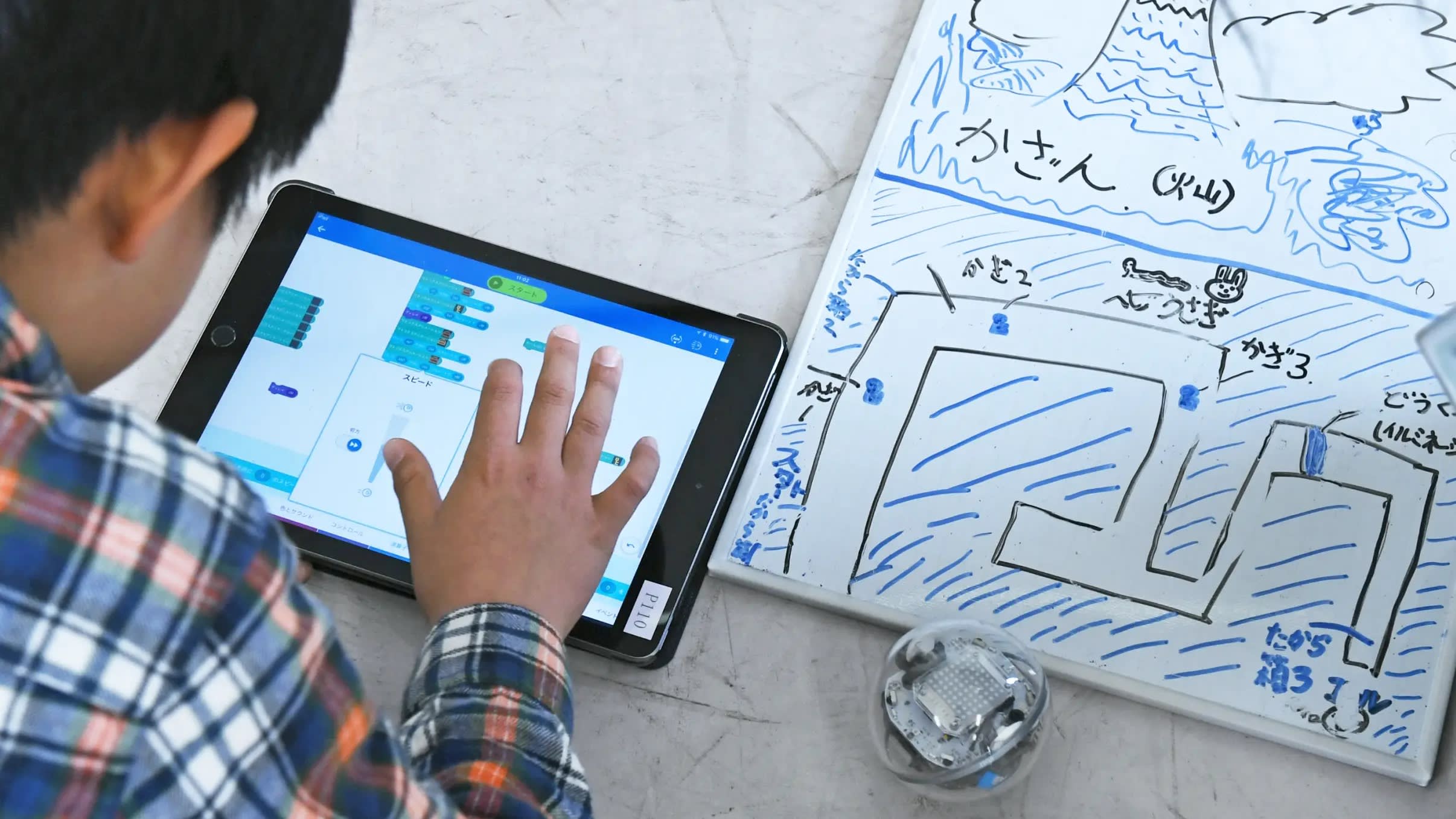Check these classroom-friendly tips and resources that you can use to introduce young learners to coding, storytelling, and creative problem-solving!

By Deb Ramm
1. You don’t need a computer to teach computer science...at least not at first!
The name is almost a misnomer! Getting students ready for later computer science experiences can begin “unplugged”. The basics of computer science are in computational thinking. This problem solving method focuses on algorithms (processes or set of rules) that can be repeated to solve similar problems or create identical outputs. Integrating this kind of thinking into the curriculum can be done easily, with or without computers. Try this: Have students create a simple dance move using loops. Have the students create icons or images for the movements and repeat those movements in a particular sequence. Code.org offers many unplugged lessons at various grade levels.

2. Exclude no one ~ Computer science is for everyone!
Each of our students can benefit from the computational thinking that is developed through computer science ~ not just our gifted and talented students, not just boys! Problem solving, critical thinking, and creation opportunities abound!
3. Project-Based Learning is a great gateway to computer science.
Creative problem solving, critical thinking, creation, engineering and building are all essential components of any PBL curriculum and extend the essentials of CS. The collaboration that organically occurs during the process is undeniable! When students engage in real-world, meaning, often self-selected problems, the designing (and playing!) that evolve take the work to a higher level. Students become intrinsically motivated, thoroughly engaged, and challenge themselves to achieve at phenomenally high levels.

4. Encourage the challenge that computer science intrinsically offers ~ it builds persistence and grit!
Seymour Papert (MIT teacher/researcher) said, “Every maker of video games knows something that the makers of curriculum don't seem to understand. You'll never see a video game being advertised as being easy. Kids who do not like school will tell you it's not because it's too hard. It's because it's--boring.”
Yet our student will sit for hours trying to “level up” on a video game while the world continues to spin around them! THIS is the joyful grit we are trying to instill in our youth; THIS is the “stick-to-itiveness” our very best curriculums continue to overlook and often simply neglect. Students are gleefully sucked into the challenges of coding, building their problem solving skills, developing their creation abilities, exploring their capacities for critical thinking!
5. Check out code.org today! Register your class/school/district for the Hour of Code and get your students coding!
It’s as simple as creating your account and adding your students. Once in, there is a self-paced student portal complete with videos of real world computer science applications. Teachers can check in on students to see progress too! You can also explore one-hour mini courses and themed courses, including Star Wars, Minecraft, and Frozen. There is truly something for everyone from K-12 and beyond! Looking for more? Try Scratch and Scratch Jr to entice creation of all kinds! Check out the Scratch Tutorials on YouTube to get started! Bringing coding into your classroom will encourage that joyful grit, perseverance, and “stick-to-it-iveness” that goes beyond that core curriculum!
Want to discover more Computer Science tools for your classroom?
Check our products and boost your students' STEM skills in a fun and engaging way with robots! just a click away!

This article is original from PBS Teachers Lounge : http://www.pbs.org/education/blog/five-steps-for-integrating-computer-science-in-the-classroom



